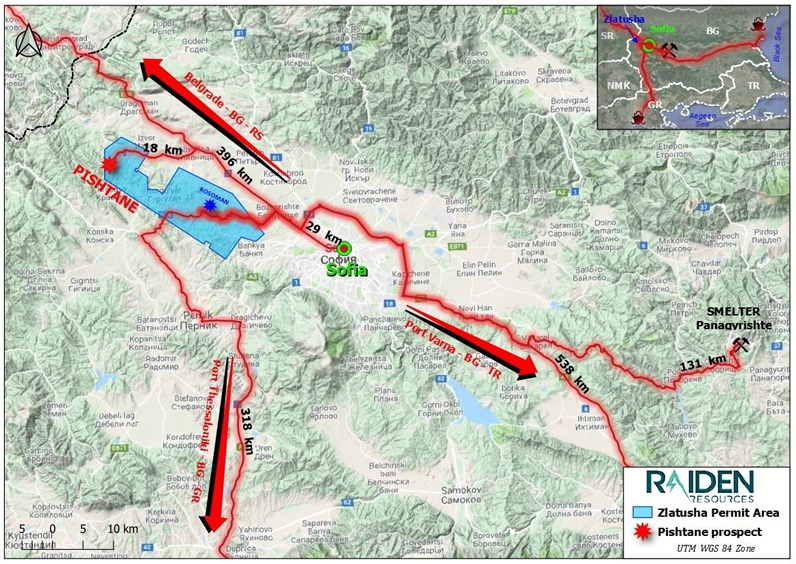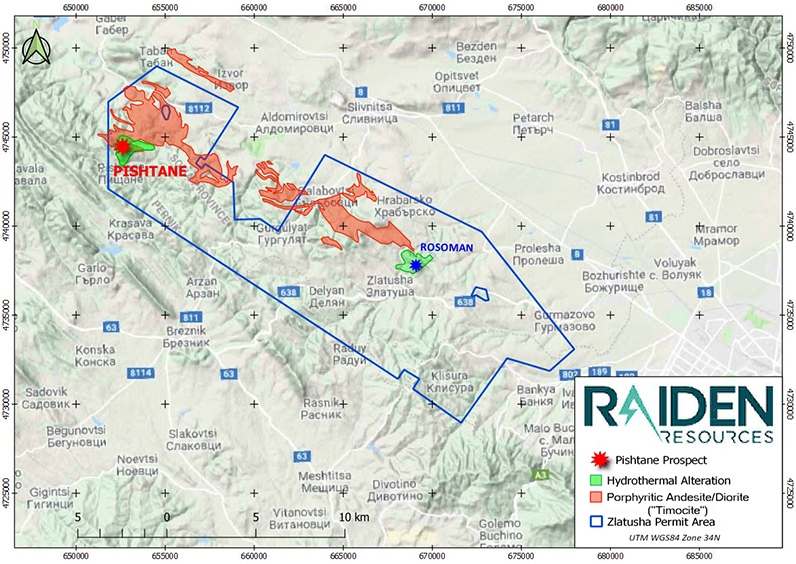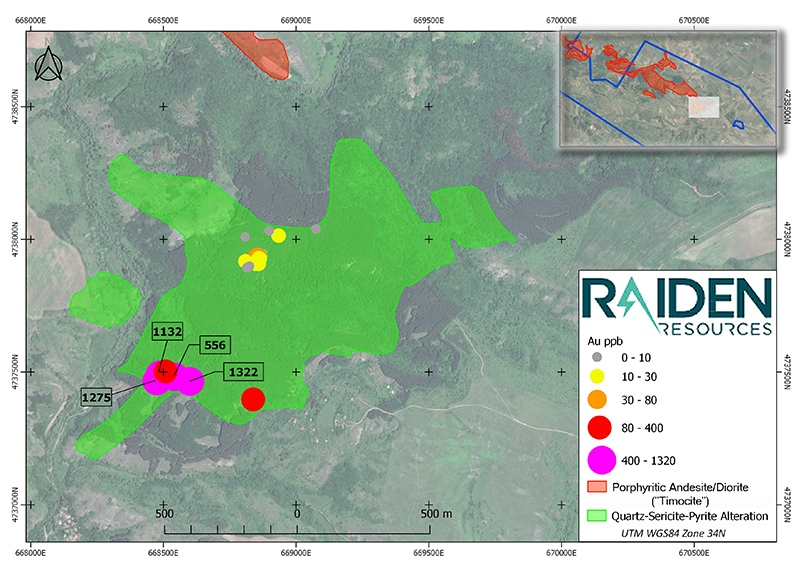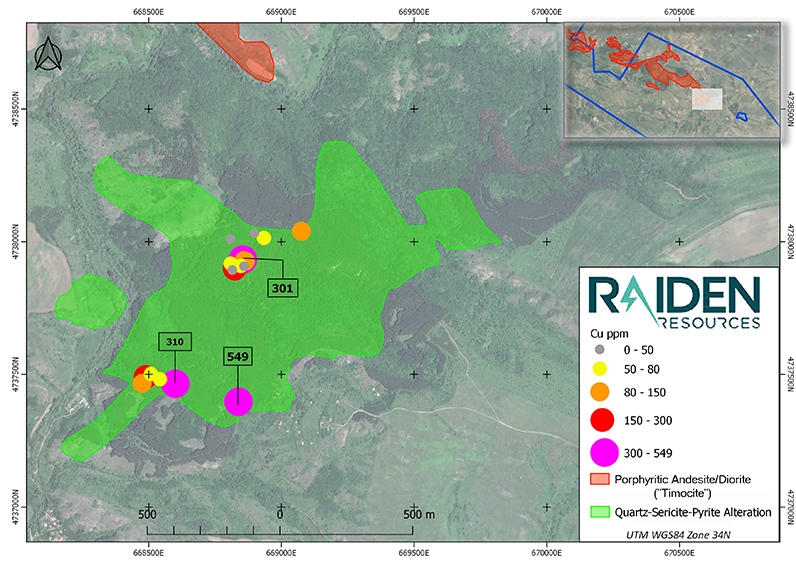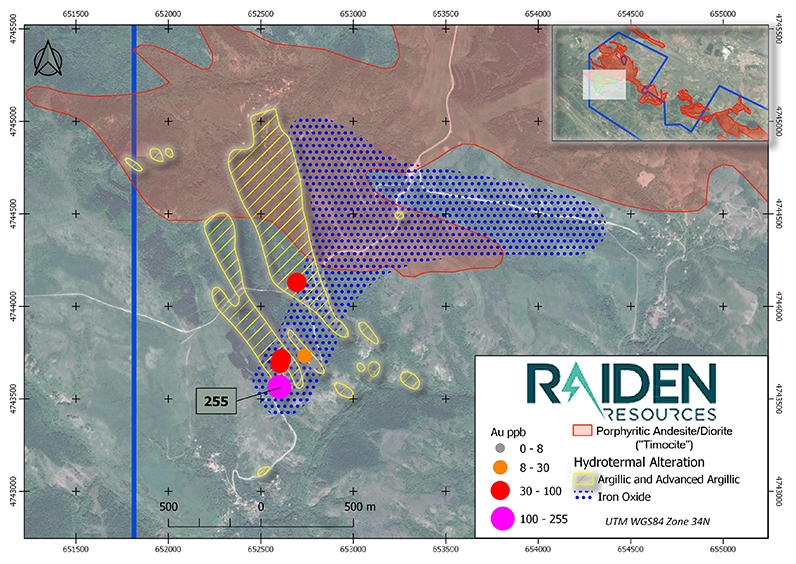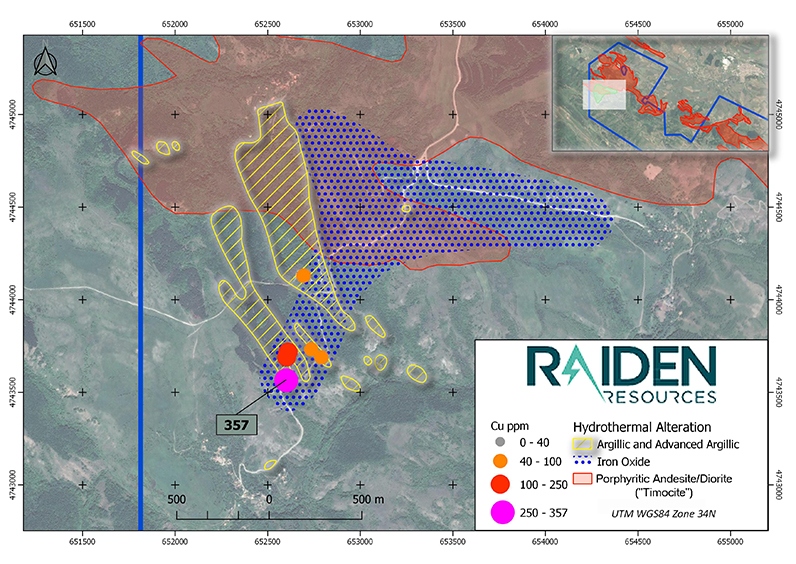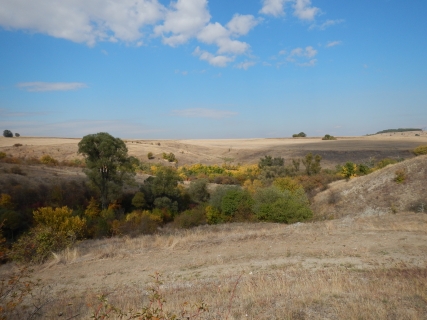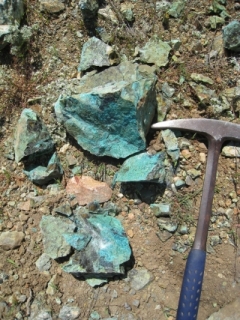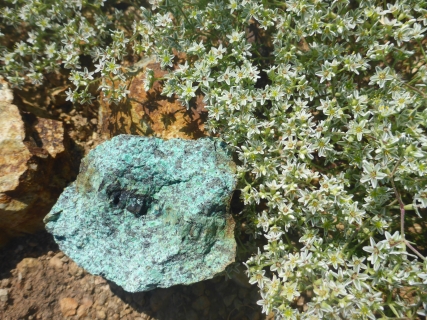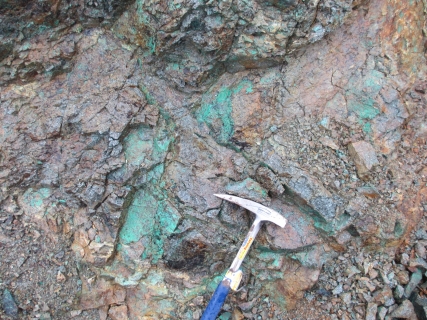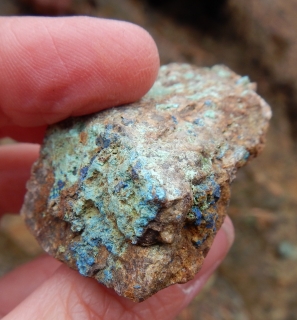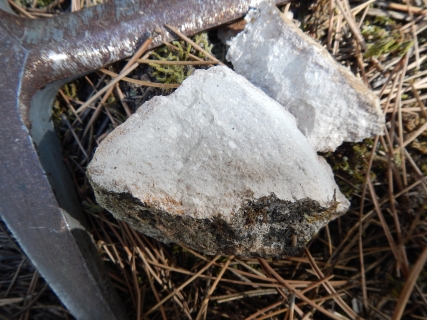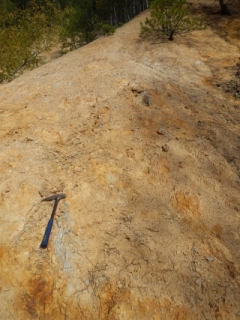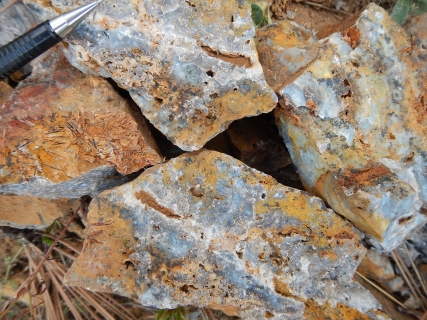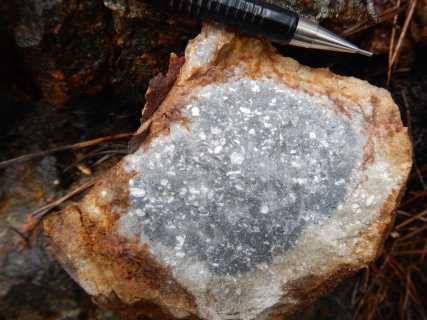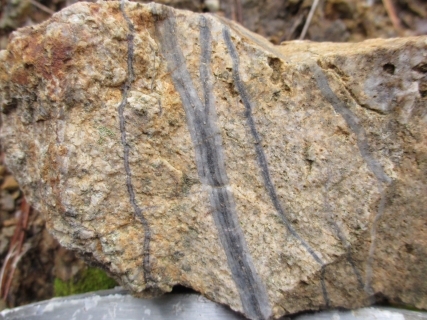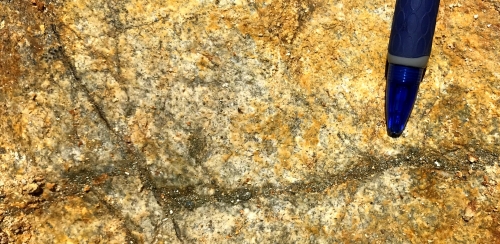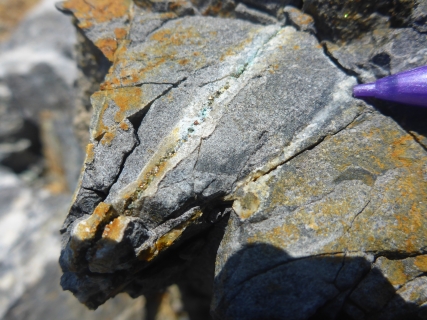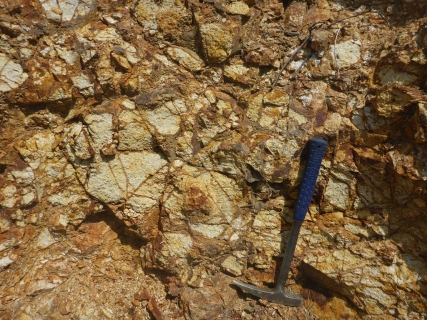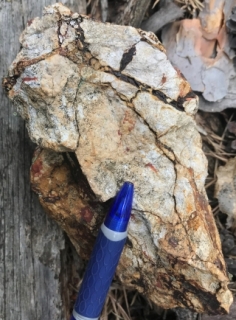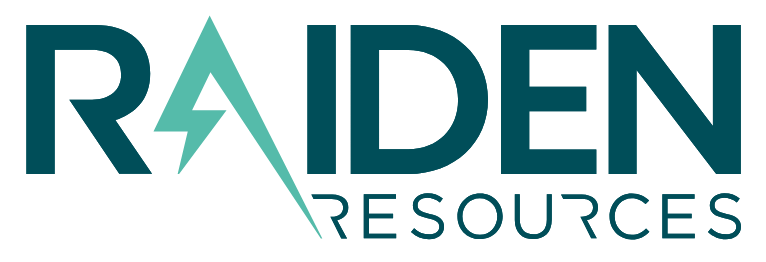
Zlatusha Project (Bulgaria)
The Zlatusha project is located within one of the most metal endowed and under-explored trends of the Western Tethyan metallogenic belt. Historical work has defined multiple copper-gold porphyry and epithermal prospects which are the focus of ongoing exploration efforts. The project is highly prospective, with multiple targets that could support a major discovery.
Location
The 195 km2 project area lies north-west of Bulgaria’s capital Sofia and within 10 kilometers of Bulgaria’s border with Serbia. Geologically, the project locates in the mineral endowed Cretaceous Western Tethyan orogenic belt .
Ownership
Zelenrok EOOD, a 100% Raiden owned subsidiary, is the 100 % holder of the Zlatusha license. In January 2024 Raiden entered into an option agreement with Velocity Minerals Ltd (TSX-V:VLC) over the Zlatusha project. Under the terms of the agreement, Velocity Minerals has the option to earn into a 75% project level position by executing defined amount of drilling, achieving certain technical milestones, as well as making cash and stock payments to Raiden.
Exploration Status
The prospectivity of the permit was first noted when Bulgarian State agencies conducted geological mapping, sampling, trenching and diamond drilling in the area. Subsequent exploration (1998 to 2000) carried out by Balkan Minerals and Mining included surface sampling and drilling. Velocity Minerals has undertaken an extensive target generation campaign over the entire project, which has generated multiple targets for follow up drill testing.
Highlights
The Zlatusha license lies within an established porphyry copper-gold/epithermal belt, between the Timok Magmatic Complex and the Panagyrishte Belt, both of which are considered world class Cu-Au districts. The project was selected for license application based on the presence of prospective geology, consisting of Cretaceous arc magmatic rocks, epithermal and porphyry copper related alteration systems and copper-gold mineral occurrences. Several separate magmatic-hydrothermal centers with outcropping copper-gold mineralization have been identified within the permit area. Historical exploration in the permit area yielded positive results and Raiden will commence follow-up exploration to prepare targets for drilling.
Maps
Prospectivity and Geology
The project area lies within a post-collisional pull-apart basin and is underlain by Upper Cretaceous andesite and sedimentary rocks, which are intruded by diorite porphyry stocks and dykes, also referred to as “Timocites”. Timocites and large copper porphyry deposits in the Upper Cretaceous of the Balkans are typically spatially related and Timocites are therefore commonly used to assess the prospectivity of an area of interest. The geological setting of the Zlatusha permit is similar to the settings of the large Cukaru Peki and Chelopech gold and copper deposits in the same belt along strike. Outcrops in the permit area expose large zones of pervasive argillic and phyllic alteration and point towards the presence of several distinct volcanic centres. The alteration zones commonly coincide with elevated levels of copper and gold in soils and rocks, and include outcrops of visible copper mineralisation. On the basis of these observations the Company believes that the Zlatusha Permit is highly prospective for epithermal gold and copper porphyry mineralisation.
Exploration
Raiden reported on the results from a review of historical exploration data and a reconnaissance field visit to the Zlatusha project. This initial work resulted in the definition of two prospects:
Rosoman Prospect
- Historical rock sampling indicates elevated Cu-Au values, which are coincidental with a large alteration zone at the Rosoman prospect; and
- Initial data and field observations outline a copper-porphyry prospect at Rosoman.
Pishtane Prospect
- Zone of intense hydrothermal alteration with coincident elevated copper and gold values;
- This 1.7 km2 alteration zone covers the contact of prospective Timocite diorites, a formation that is commonly known in the belt to be associated with large porphyry deposits;
- Initial work outlines potential for epithermal gold mineralisation; and
- Prospect has not been systematically tested using modern exploration tools.
